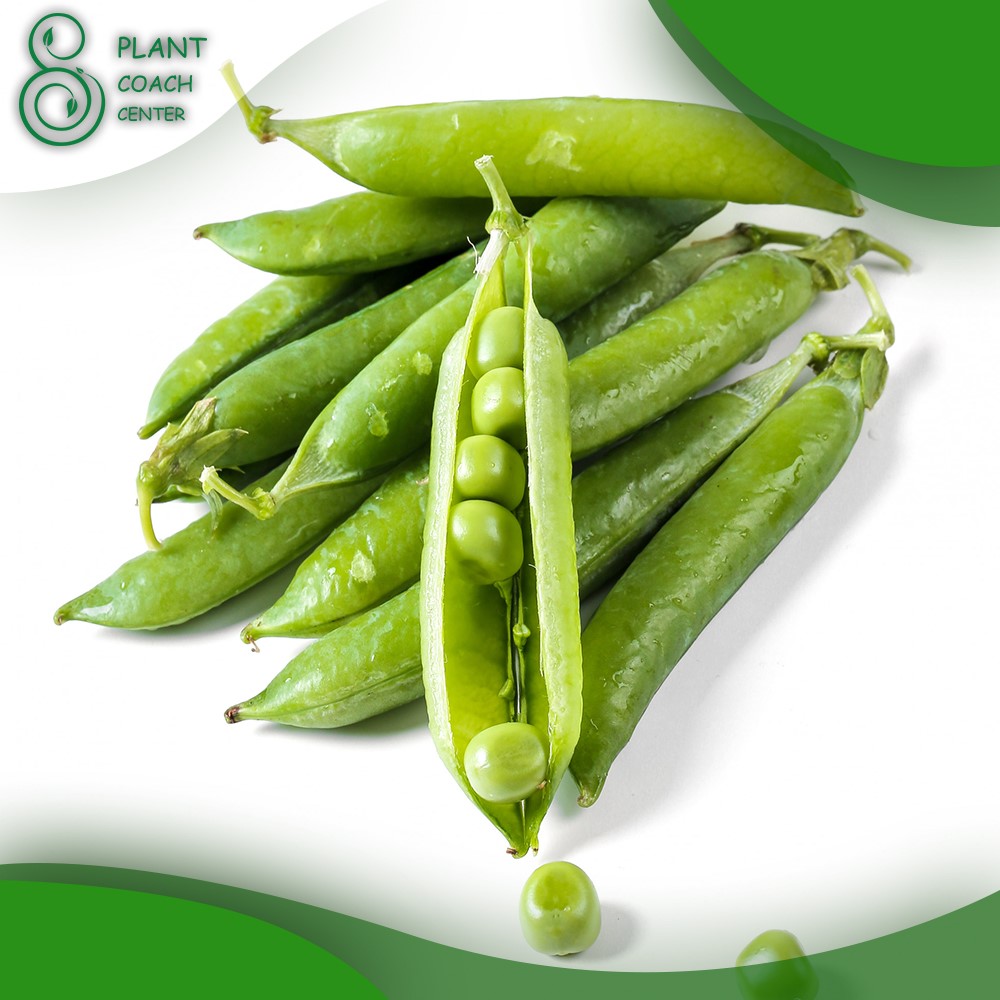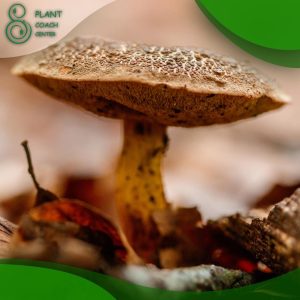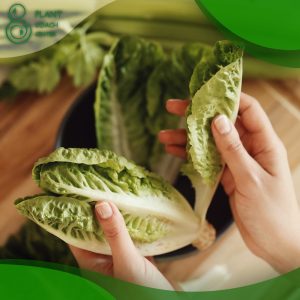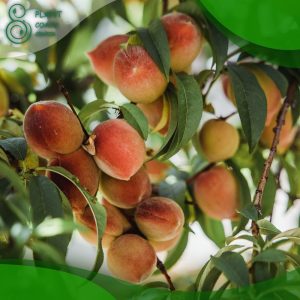Introduction
Green beans, also known as string beans, are a staple in gardens and kitchens around the world. But have you ever wondered, “How do green beans grow?” This article will take you on a journey from the seed to the dinner plate, unraveling the mystery of green bean growth.
History and Origin of Green Beans
Green beans are believed to have originated in Peru around 7,000 years ago. From there, they spread across South and Central America, thanks to migrating tribes. European explorers introduced these versatile vegetables to the Old World, and they’ve been a global staple ever since.
Different Varieties of Green Beans
There are countless varieties of green beans, ranging from the classic ‘Blue Lake’ to the purple ‘Royal Burgundy’. The variety you choose to grow can depend on your climate, soil, and personal preference.
Understanding the Growth Cycle of Green Beans
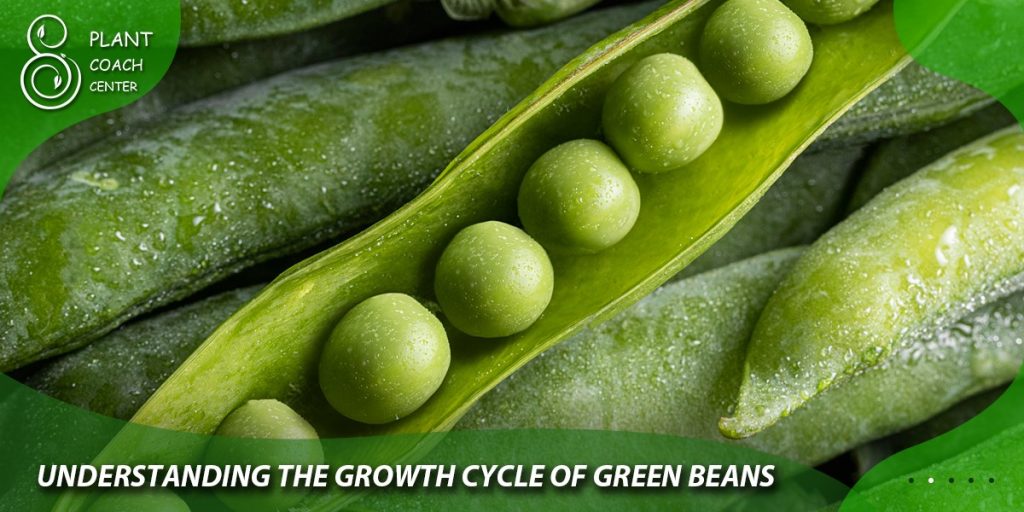
Germination
The first stage in the life of a green bean is germination. This is when the bean seed absorbs water and begins to sprout, sending out a root and a shoot.
Growth and Development
Next, the green bean plant grows rapidly. It develops a robust root system and a strong stem, along with leaves that photosynthesize to fuel further growth.
Flowering and Pod Formation
In time, the green bean plant blossoms with small, white flowers. Each flower has the potential to develop into a green bean pod, assuming it gets pollinated.
Harvesting
The final stage in the growth cycle is harvesting. Green beans are usually ready to pick 55 to 65 days after planting. The pods should be firm and crisp, and you should be able to feel individual beans inside.
How to Plant Green Beans
Choosing the Right Location
The first step in planting green beans is choosing the right location. Green beans need full sun, so choose a spot in your garden that gets at least six hours of sunlight a day.
Preparing the Soil
Next, you’ll need to prepare the soil. Green beans prefer well-drained soil that’s rich in organic matter. You can improve your soil by adding compost or well-rotted manure.
Sowing the Seeds
Finally, it’s time to sow the seeds. Plant your green bean seeds about 1 inch deep and 2 inches apart. If you’re planting multiple rows, space the rows 18 to 24 inches apart.
Essential Care for Green Beans
Watering Needs
Green beans need consistent moisture, especially during germination and pod formation. Water your plants deeply and regularly, but avoid waterlogging the soil.
Fertilization
Most green beans don’t need much fertilization, as they can fix their own nitrogen from the air. However, adding a balanced fertilizer at planting time can give your plants a boost.
Pest and Disease Control
Regularly check your green beans for pests and diseases. Common issues include aphids, bean beetles, and powdery mildew. Early detection and treatment can save your crop.
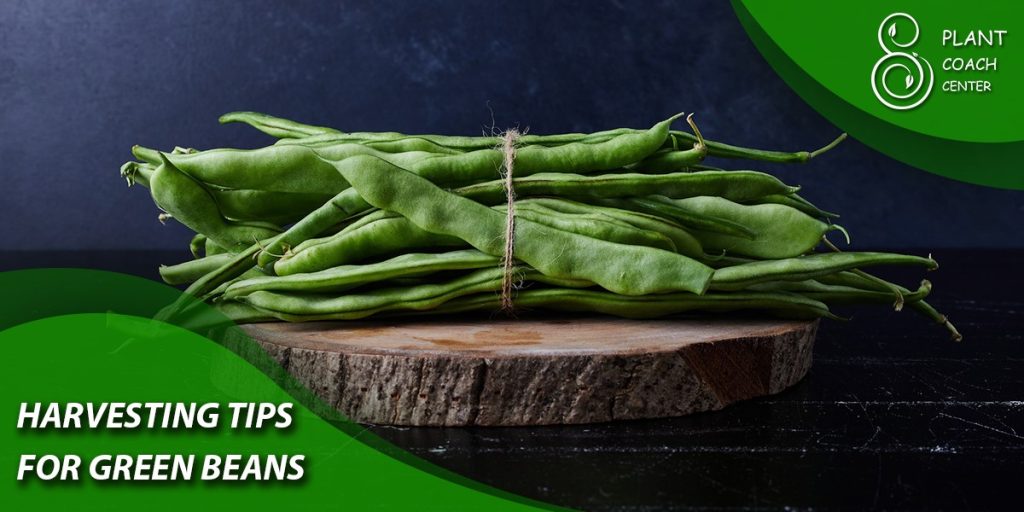
Harvesting Tips for Green Beans
Harvesting green beans at the right time is crucial for the best flavor and texture. Here are some tips to help you have a successful harvest:
1. Monitor the Size: Green beans are usually ready to harvest when they are about the size of a small pencil. They should feel firm and you should be able to feel the beans inside the pods. However, they shouldn’t be overly bulging, which could mean the beans are over-mature.
2. Check the Color: The pods should be vibrant green and free from spots or discoloration. Yellowing or browning can indicate over-maturity or disease.
3. Don’t Delay: Once beans start to mature, they can quickly become overgrown and tough. Check your plants every day or two and harvest beans as they mature.
4. Be Gentle: When picking green beans, be gentle to avoid damaging the plant. Hold the stem with one hand and the bean with the other, then gently pull.
5. Morning Harvest: If possible, harvest green beans in the morning after the dew has dried. They’re at their crispest at this time, and morning harvesting can reduce the chances of spreading disease.
6. Regular Harvesting: Regular harvesting encourages the plant to continue producing. If you leave mature pods on the plant, it signals that it’s time to stop producing new beans.
Tips for harvesting green beans
1. Timing is Key: Green beans are usually ready to harvest 55-65 days after planting. The exact time can vary depending on the variety and the weather conditions.
2. Look for the Right Size: The best time to pick green beans is when the pods are firm and crisp, and the seeds inside are just beginning to form. They should snap easily when bent. If the seeds are very visible and the pod is bulging, the beans may be over-mature and could be tough and stringy.
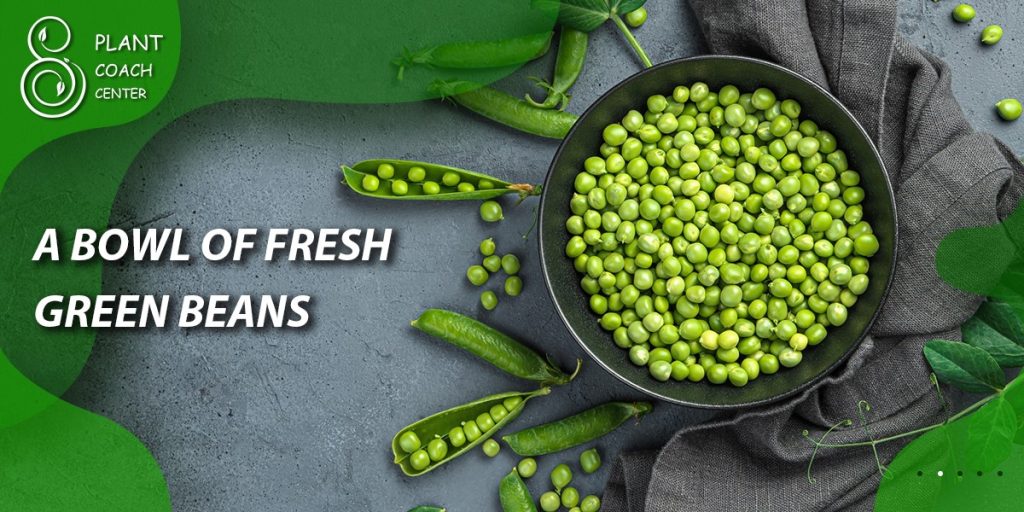
3. Regular Harvesting: Regular picking encourages the plant to produce more beans, so don’t be shy about picking them.
4. Be Gentle: When picking green beans, be gentle to avoid damaging the plant. It’s best to hold the stem with one hand and the pod with the other, gently pulling the pod away.
5. Early Morning Harvest: The best time to pick green beans is in the early morning after the dew has dried but before the afternoon heat. At this time, they are at their crispest and most flavorful.
6. Don’t Delay: Once harvested, don’t delay in using them. Green beans are best used fresh, although they can be stored in the refrigerator for a few days. For longer storage, consider canning, freezing, or drying them.
7. Watch out for Pests: Keep an eye out for pests when harvesting. If you find any damaged beans, it’s a good idea to check the rest of the plant (and neighboring plants) for signs of pests.
How to keep green beans
To store green beans, start by washing and thoroughly drying them to remove any dirt or bacteria. For short-term storage, place them in a plastic bag or container in the refrigerator; they should last for about a week. For long-term storage, you can freeze or can them. To freeze, blanch the beans first by boiling them for 3 minutes and then quickly cooling them in ice water.
This process helps to preserve the beans’ color, texture, and nutritional value. After blanching, pat dry and freeze them in a single layer on a tray before transferring to a freezer bag.
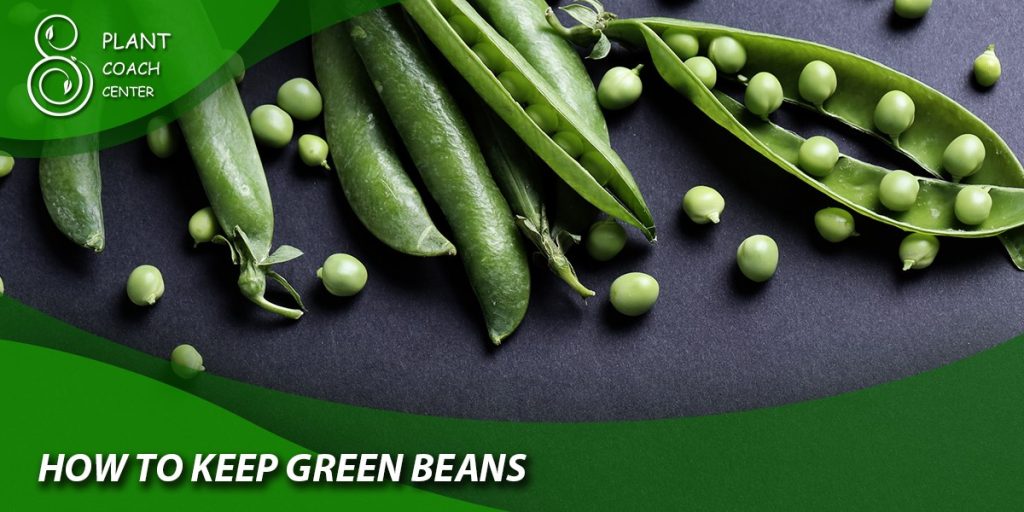
Conclusion
Growing green beans can be a rewarding endeavor, providing you with a bounty of fresh, healthy vegetables right from your backyard. By understanding “how do green beans grow,” you can foster a healthier, more productive garden. And remember, if you ever need more information or guidance, our friends at plantcoachcenter.com are always there to help.
How long do green beans take to grow?
Green beans usually take 55 to 65 days to grow from seed to harvest.
Can I grow green beans in containers?
Absolutely! Green beans can thrive in containers, provided they have enough space and good drainage.
What's the best way to store harvested green beans?
Freshly harvested green beans can be stored in the refrigerator for about a week. For long-term storage, consider canning, freezing, or drying them.
How often should I water my green beans?
Watering needs can vary based on climate and soil, but generally, green beans should be watered deeply once or twice a week.
What should I do if my green beans are turning yellow?


